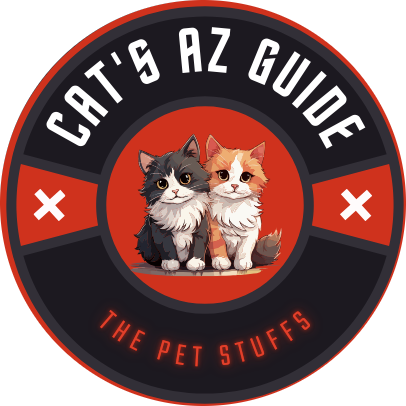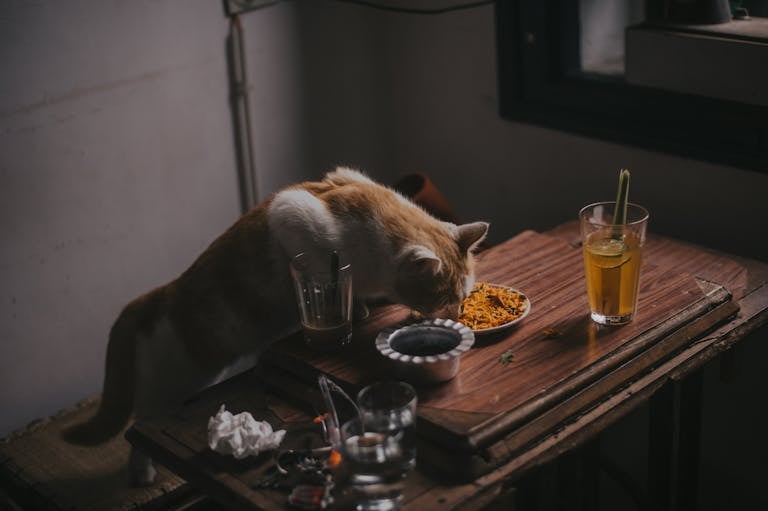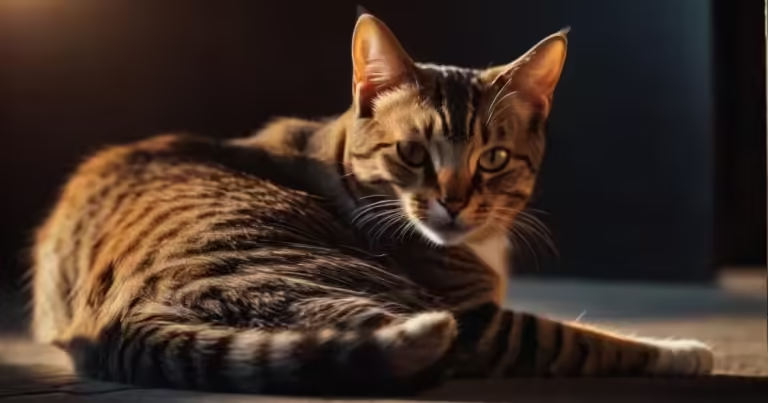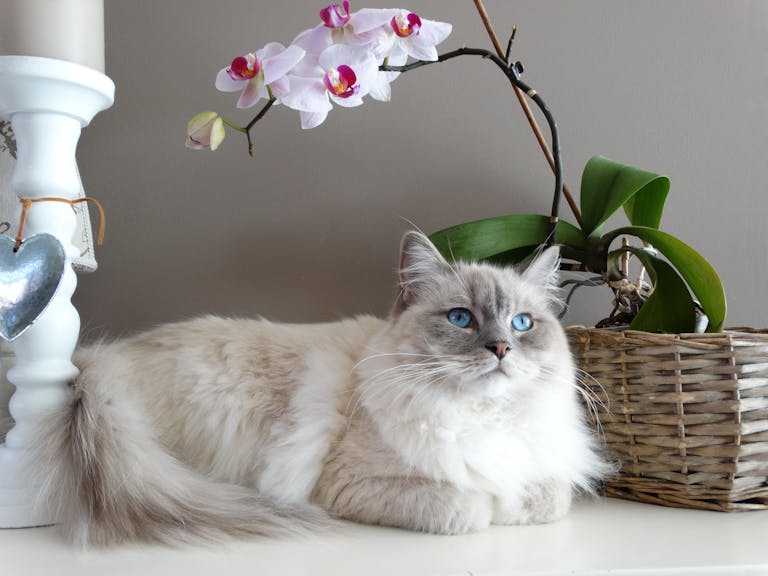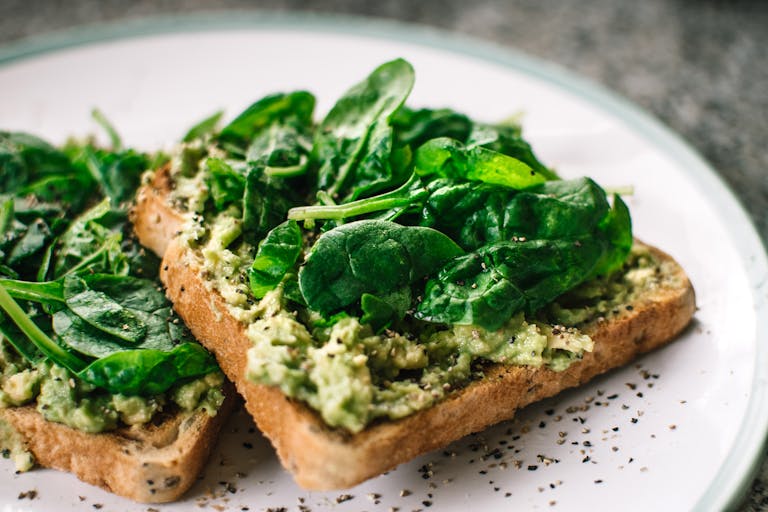Optimal Care for Cats on Cage Rest After Road Traffic Accidents – Comprehensive Guide
Discover the best practices for ensuring your cat’s recovery with cage rest cat after a road traffic accident. Our detailed guide covers setup, daily care, medication, and more to help your feline friend heal faster.
When our beloved cats suffer from a road traffic accident, ensuring their recovery becomes our utmost priority. One of the most effective methods for facilitating healing is cat cage rest. This article delves into the comprehensive aspects of cage rest for cats following such traumatic incidents, highlighting essential steps and considerations to ensure optimal recovery.
What is Cage Rest Cat?
Cat Cage rest, also known as crate rest, is a veterinary-recommended method that involves confining a cat to a small, enclosed space to limit its movement. This controlled environment helps in reducing stress on injured body parts, promoting faster healing.
Why Cat Cage Rest is Crucial for Post-Accident Recovery
Post-accident, cats often suffer from fractures, dislocations, or internal injuries. Excessive movement can aggravate these conditions, leading to prolonged recovery or complications. Cage rest cat ensures that the cat remains still, allowing injuries to heal naturally and effectively.
Setting Up the Cage
First of all is very crucial to setting up a cage for your kitty. So we should keep following steps given below in our mind and then proceed.
Choosing the Right Cage
The first step is selecting an appropriate cage. It should be large enough for the cat to stand, turn around, and lie down comfortably but small enough to prevent excessive movement. Wire cages are preferred due to their durability and ease of cleaning.
Table 1: Recommended Cage Sizes for Cats
| Cat Weight | Cage Dimensions (L x W x H) | Type |
|---|---|---|
| Up to 10 lbs | 24″ x 18″ x 20″ | Wire |
| 10 – 20 lbs | 30″ x 21″ x 24″ | Wire or Plastic |
| Over 20 lbs | 36″ x 24″ x 26″ | Heavy-Duty Wire |
Making the Cage Comfortable
Line the cage with soft bedding, such as blankets or towels, to provide comfort. Ensure the bedding is easily washable. Adding a few familiar items, like the cat’s favorite toy or a piece of clothing with your scent, can help reduce anxiety.
Daily Care Routine
Feeding and Hydration
Ensure the cat has access to fresh water at all times. Place a shallow dish to prevent spills. For feeding, use a balanced diet recommended by your veterinarian. In some cases, special diets may be prescribed to aid recovery.
Table 2: Feeding Schedule for Recovering Cats
| Time of Day | Food Type | Portion Size |
|---|---|---|
| Morning | Wet food (high protein) | 1/3 cup |
| Afternoon | Dry food (balanced) | 1/4 cup |
| Evening | Wet food (digestible) | 1/3 cup |
Litter Box Management
Place a small litter box inside the cage. Ensure it is cleaned frequently to maintain hygiene. Clumping litter is often preferred for easy maintenance.
Monitoring Health
Regularly check for signs of pain, discomfort, or unusual behavior. Monitor food and water intake, as well as urinary and fecal output. Any abnormalities should be reported to the veterinarian immediately.
Physical and Emotional Well-being
Limited Physical Activity
While cat cage rest restricts movement, some minimal activity is essential. Gentle stretching exercises, as advised by the vet, can prevent muscle atrophy and stiffness.
Emotional Support
Cats may experience stress or depression due to confinement. Spend quality time near the cage, talking softly or offering gentle petting through the bars. This interaction can significantly boost their morale.
Medication and Treatment
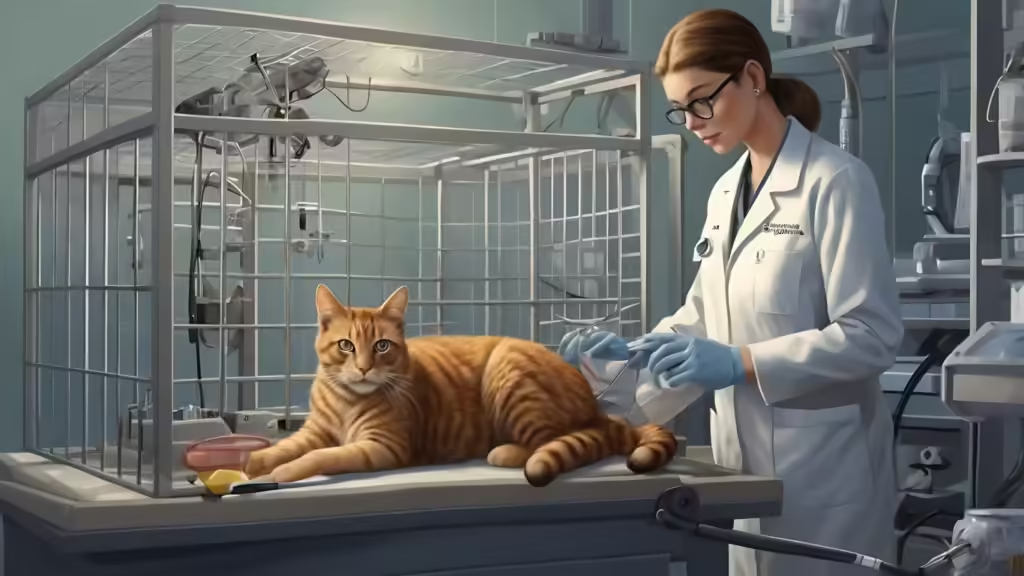
Administering Medication
Follow the vet’s instructions for administering medication. Use a pill dispenser or mix the medication with food if the cat is resistant. Maintain a schedule to ensure timely doses.
Table 3: Common Medications for Post-Accident Recovery
| Medication Name | Purpose | Dosage |
|---|---|---|
| Pain Relievers | Reduce pain | As prescribed |
| Antibiotics | Prevent infections | As prescribed |
| Anti-inflammatories | Reduce swelling | As prescribed |
Follow-up Veterinary Visits
Regular veterinary check-ups are crucial to monitor the cat’s progress. The vet may adjust the treatment plan based on recovery. Ensure you keep all appointments and follow through with recommended diagnostic tests.
Transitioning Out of Cage Rest
Gradual Increase in Activity
Once the vet approves, start allowing the cat short periods outside the cage. Gradually increase the duration and monitor the cat’s response. Avoid sudden, unrestricted freedom to prevent re-injury.
Rehabilitation Exercises
Engage the cat in light rehabilitation exercises to rebuild strength and flexibility. Activities like gentle play or supervised walks can be beneficial. Always consult the vet for appropriate exercises.
Common Challenges and Solutions
Dealing with Restlessness
Cats may become restless during cage rest. Providing enrichment activities, such as puzzle feeders or safe chew toys, can help alleviate boredom.
Handling Non-compliance
If the cat resists cage rest, consult the vet for possible solutions. Medications to reduce anxiety or alternative confinement methods, such as a playpen, might be recommended.
Preventive Measures Post-Recovery
Home Safety Modifications
To prevent future accidents, make necessary adjustments at home. Secure windows, use pet gates to restrict access to hazardous areas, and ensure outdoor supervision.
Regular Health Check-ups
Schedule regular vet visits to monitor the cat’s overall health. Preventive care, including vaccinations and parasite control, plays a crucial role in maintaining their well-being.
FAQs
How long should my cat be on cage rest after an accident?
The duration varies but typically ranges from a few weeks to a few months, as advised by your veterinarian.
Can I let my cat out of the cage for short breaks?
Only if your vet approves. Gradual increases in activity should be monitored to prevent re-injury.
How can I keep my cat entertained while on cage rest?
Provide enrichment activities like puzzle feeders, safe chew toys, and spend quality time near the cage.
What if my cat refuses to eat or drink during cage rest?
Consult your vet immediately, as this could indicate stress or a medical issue that needs attention.
Is it normal for my cat to be depressed during cage rest?
Some cats may experience stress or depression. Regular interaction and familiar items can help improve their mood.
How do I administer medication if my cat is uncooperative?
Use a pill dispenser or mix the medication with food. Follow your vet’s advice for the best approach.
What should I do if my cat becomes restless and agitated in the cage?
Consult your vet for possible solutions like anxiety-reducing medications or alternative confinement methods.
Closing Thoughts
Cat cage rest, when properly implemented, is an invaluable method for helping cats recover from road traffic accidents. By following the outlined steps and maintaining close communication with your veterinarian, you can ensure your feline friend’s swift and complete recovery.
